Readers Write 8/5/11
Submit your article of up to 500 words in length, subject to editing for clarity and brevity (please note: I run only original articles that have not appeared on any Web site or in any publication and I can’t use anything that looks like a commercial pitch). I’ll use a phony name for you unless you tell me otherwise. Thanks for sharing!
Why IN-Eligible Professionals Should Still Buy and Implement Certified EHRs
By Mary Stroupe
If you don’t bill Medicare or Medicaid, you don’t qualify for federal Electronic Health Record (EHR) incentives. However, you should still implement a certified EHR if you want to keep patients and fellow physicians highly satisfied.
Our Movement Toward National Information Exchange and Interoperability
The US healthcare system is moving toward electronic health information exchange (HIE). Today, data is shared electronically among providers using Regional Health Information Organizations (RHIOs). Soon, a Nationwide Health Information Network (NHIN) will enable immediate, authorized access to patient data (similar to banking access provided by the ATM network). The goals of a NHIN are to reduce medical errors, duplicate tests and healthcare costs. Another goal is to provide patients with access to medical records, which are currently scattered across multiple medical entities.
How Interoperability Supports that Movement
The goals of the NHIN can only be realized by interoperability among EHRs: the ability to send and receive clinical data that means the same thing in whichever system it is viewed. The key to interoperability is standardized data. Just as data is standardized in other industries (like banking, to make ATMs work), medical data must be standardized so clinicians can properly interpret it.
How Certified EHRs Support that Movement
Certification is the single variable ensuring the EHR you purchase meets national interoperability standards. Two types of certification exist: ONC-ATCB (ARRA) certification and CCHIT Certification 2011. ARRA (or “Meaningful Use”) certification is what is minimally required for government reimbursement. CCHIT Certification 2011 provides an additional level of assurance that the product meets a more rigorous security inspection and complies with specific functionality, workflow, and usability criteria.
Why a Certified EHR? For Patient and Physician Satisfaction
With the steady growth of Personal Health Records (PHRs), patients will expect you to provide their health data electronically. Why? For eligible professionals to receive government reimbursement, they must be able to supply patient data electronically when it is requested of them. Once savvy patients realize they can get it, they will start asking for it – from all their providers, not just the ones who received incentive payments! Without an EHR and data that certifiably meets national standards, you will be unable to provide patients with data that can be shared with their PHR. If patient satisfaction matters, this matters.
As the wave of EHR adoption rolls across the US, physician offices will no longer staff to levels required to deal with paper (e.g., hard copy referral notes). Providers will exchange data electronically, using standardized data sets that make it possible. It is reasonable to expect, then, that referral providers may avoid colleagues who cannot provide data electronically. If physician satisfaction matters, this matters.
The Bottom Line
Providers who do not implement interoperable, certified EHRs risk becoming data islands to their patients and fellow providers (like a bank that cannot connect to the ATM network).
Mary Stroupe is President of Integritas, Inc. in Monterey, CA.


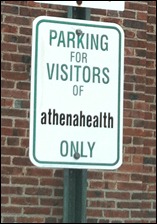






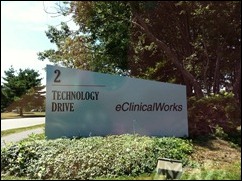
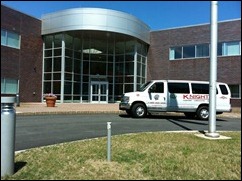

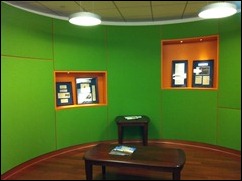
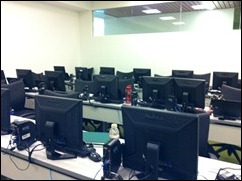

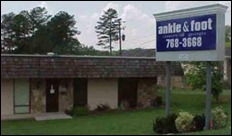
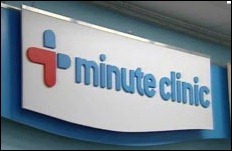

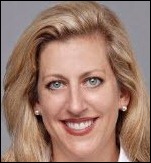

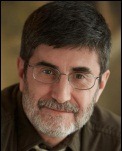
Re: Walmart Health: Just had a great dental visit this morning, which was preceded by helpful reminders from Epic, and…